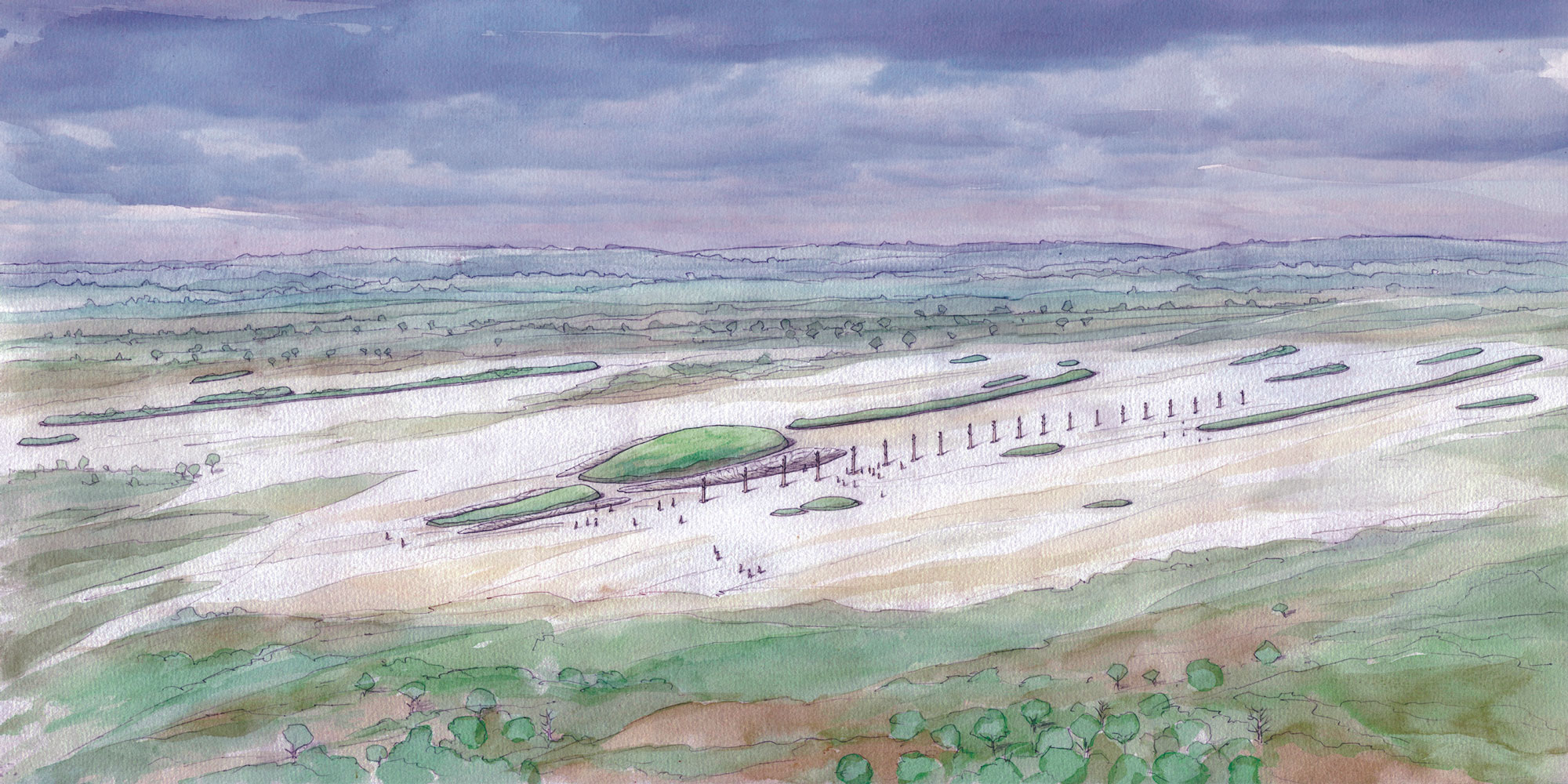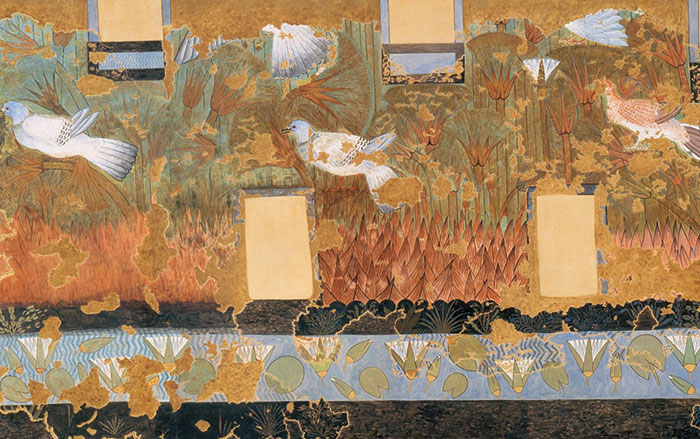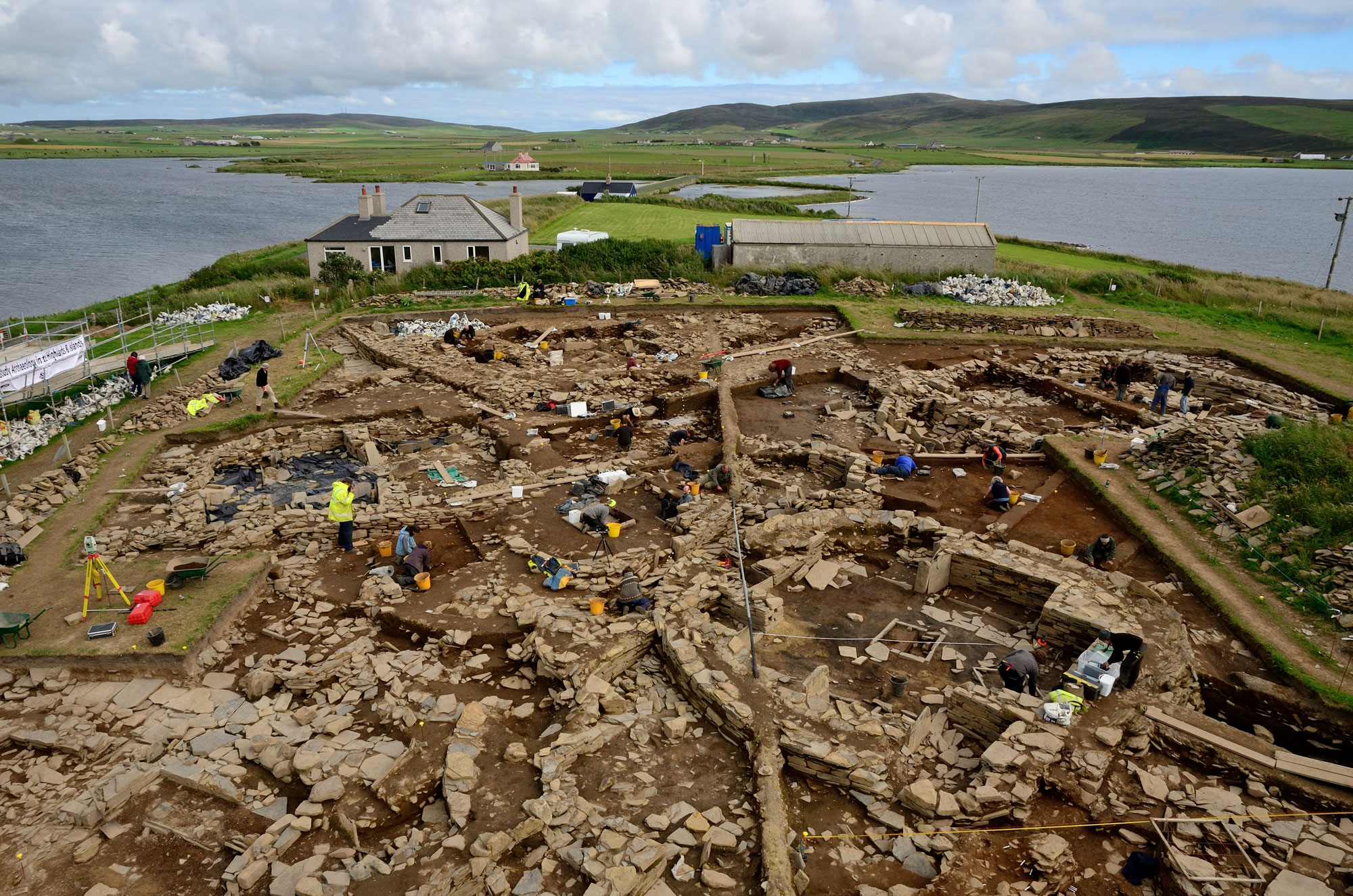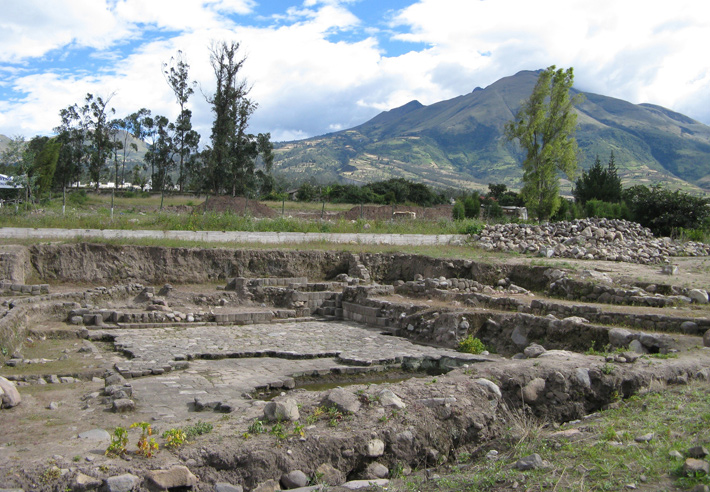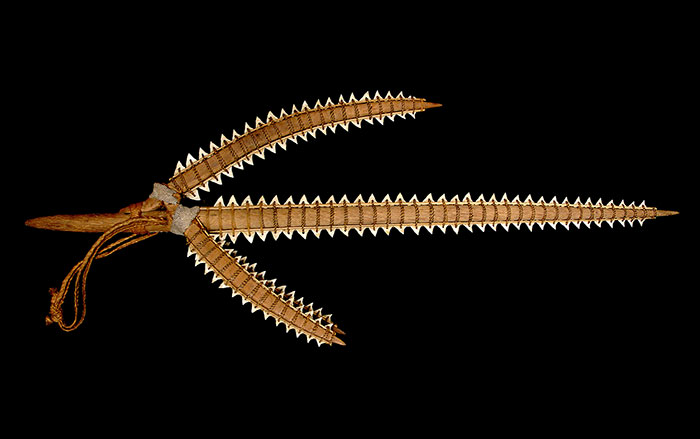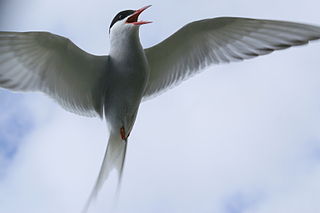
EDMUNTON, CANADA—A new study of carved pendants made by the Beothuk people of Newfoundland offers insight into their thoughts on the afterlife. The Beothuk nation had lived in Newfoundland for at least 1,000 years before the arrival of Europeans in the fifteenth century, which eventually led to their extinction. Many of the pendants that they left behind as funeral goods depict the webbed feet and feathers of seabirds. “Why depict seabirds when you’ve got bears and wolves and seals and whales? While a waddling sea duck might not appear to be a glorious animal, these birds were powerful to the Beothuk because they moved easily from one world to the next—water to air,” said Tod Kristensen of the University of Alberta.



